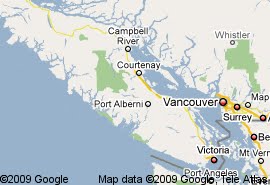
Subir Ghosh,
DNA India
India is leaking like a tap. Money is flowing out of the country, and there seems no way of plugging the breach. Crime, corruption, and tax evasion drained US$344 billion from India between 2002 and 2011. Illicit financial flows, in fact, have jumped more than 10 times from $7.9 billion in 2002 to roughly $85 billion in 2011.
The findings—which peg cumulative illicit financial outflows from developing countries at US$5.9 trillion —are part of a new study published on Thursday by Global Financial Integrity (GFI), a US-based research and advocacy organisation.
The report, “Illicit Financial Flows from Developing Countries: 2002-2011,” is an annual update on money flowing out of developing economies as a result of crime, corruption and tax evasion.
Developing countries lost nearly $1 trillion to fraud, corruption and shady business transactions in 2011, vastly outpacing the foreign aid they received and the pace of dirty money leaving emerging nations is accelerating. Illicit finance
India is now the fifth largest exporter of illicit capital in the world, having jumped from the 15th position in the GFI rankings two years back. The only thing the Indian government can find solace in is the fact that India is not the worst of the lot – it is China, which lost $1.08 trillion during the period. The other countries above India are Russia, Mexico and Malaysia.
All the five BRICS countries, posterboys of the World Bank, feature in the dubious Top 20, with Brazil coming in at 7th and South Africa at 13th. The research tracks illegal money flowing out of 150 developing countries, using trade and balance of payments reports filed with the International Monetary Fund.
The authors of the study, Dev Kar and Brian LeBlanc, wrote, “In the case of India, we found that while the link between growth and broad capital flight—as measured by the WBR (World Bank Residual) model adjusted for trade misinvoicing—was statistically insignificant for the period as a whole (1948-2008), there was strong evidence that the much faster rates of economic growth following India’s economic liberalisation in 1991 stimulated more capital flight.”

No comments:
Post a Comment